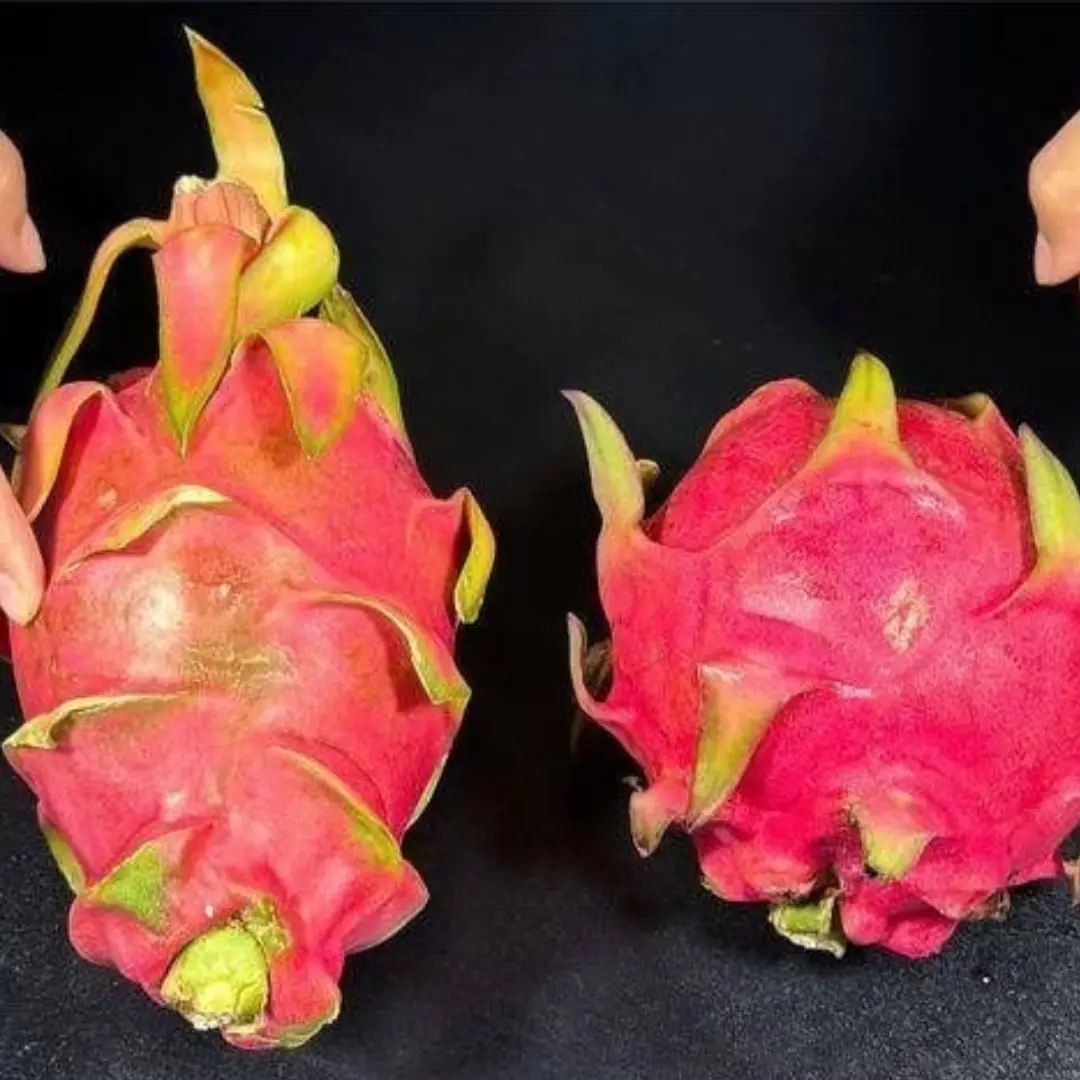
Snake-Magnet Plants You Should Avoid Growing Near Your Home — No Matter How Beautiful or Fragrant They Are
Snake-Magnet Plants You Should Avoid Growing Near Your Home — No Matter How Beautiful or Fragrant They Are
Some plants, while attractive and even valuable for their medicinal or ornamental purposes, can act like magnets for snakes. If you have any of the following species growing around your home, you should consider removing them or planting them farther away from main living areas to ensure safety.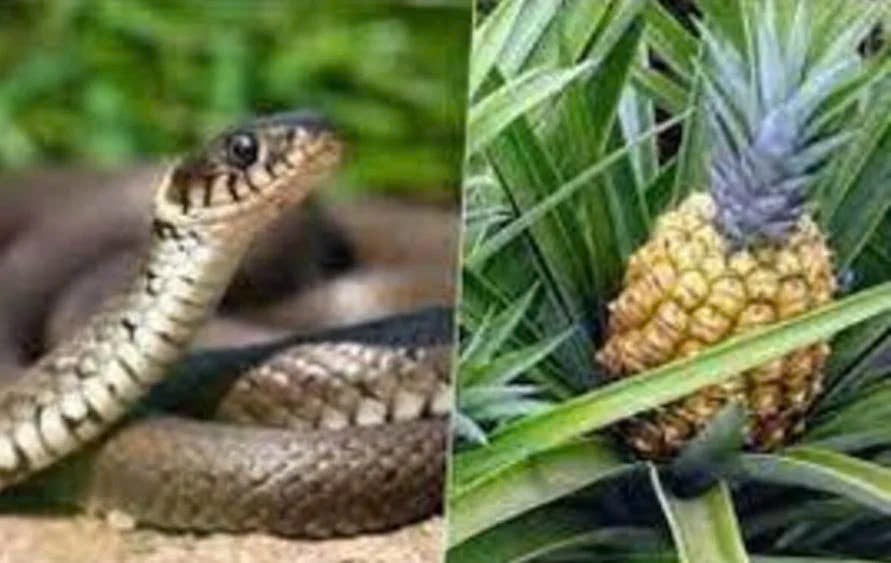
1. Pineapple Plants – Their Sweet Scent Attracts Snakes
Pineapples are loved for their sweet, vitamin-rich fruit and easy maintenance, making them a common choice in home gardens. However, the distinct aroma of ripe pineapples can attract insects and small animals — a favorite prey of snakes. Experts advise planting pineapples only in large gardens, away from patios, porches, or main living zones.
2. Dense-Climbing Vines Like Bougainvillea
Vining plants like bougainvillea offer great shade but can unintentionally create ideal hiding spots for snakes — especially green pit vipers, which prefer dense foliage to stalk their prey around dawn and dusk. If you love these vines, be sure to prune regularly and keep the base of the plant clear of overgrowth.
3. Night-Blooming Jasmine and Queen of the Night – Fragrant, But Risky
These night-fragrant flowers are prized for their strong, captivating scent. Unfortunately, that very scent can lure in insects, frogs, and even rodents — all prime snake food. Snakes are often found hiding in such bushy plants where prey is abundant. If you choose to plant these flowers, keep them neatly trimmed and avoid letting their branches grow too close to the ground.
4. Purple Cardamom – A Valuable Medicinal Herb That Attracts Trouble
Purple cardamom is a treasured herb in traditional medicine, often used to treat indigestion and stomach pain. However, its sweet aroma can attract rodents like mice and porcupines, which in turn draw snakes. Growing this plant near your home could unintentionally turn your garden into a gathering spot for these animals — and for snakes hunting them.
5. White Leadtree (Plumbago) – Beautiful but a Hidden Risk
This plant features clusters of delicate white flowers with a light fragrance. In summer, especially from May to June, it blooms profusely and releases a scent that, according to local lore, may attract snakes from afar. Its dense foliage also provides great cover for snakes, especially if planted too close to the house.
6. Hedyotis Diffusa – Medicinal Plant Also Known as “White Snake Tongue”
Also referred to as "white snake tongue" in folk medicine, this herbal plant thrives in moist, shady environments. Its white blooms are eye-catching, but many believe that areas where this plant grows are more likely to be home to snakes. While scientific evidence is lacking, the plant’s preferred humid and overgrown habitat is undeniably attractive to snakes.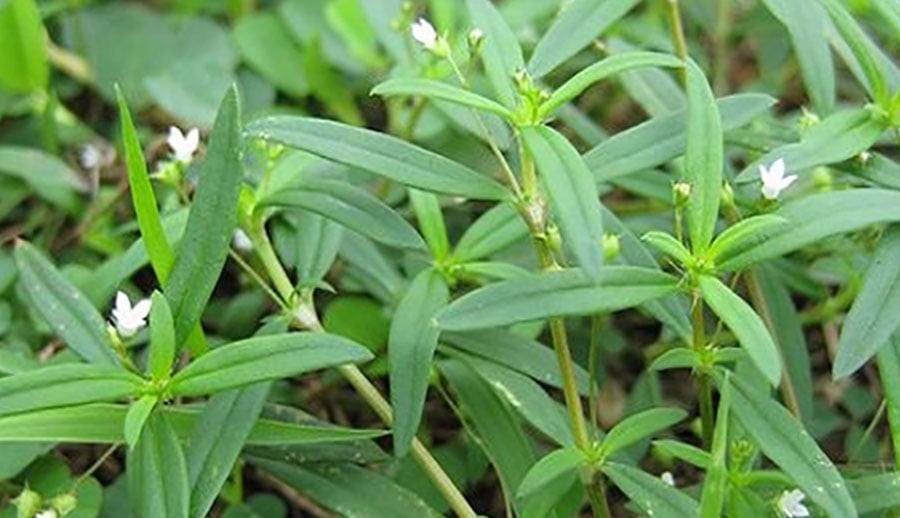
Tips for Planting Safely Around the House
When selecting plants for your home garden, it’s essential to consider your available space, the specific environment, and the plant’s biological characteristics. For plants known to attract snakes, make sure to:
-
Plant them far from living areas
-
Regularly clear weeds and prune foliage
-
Keep the plant base clean and airy
-
Avoid letting vegetation become too dense or overly shaded
Not all plants are safe to grow near the home. To avoid unexpected and potentially dangerous snake encounters, carefully research your choices — especially plants that attract rodents or insects. Maintaining a clean, uncluttered garden is one of the most effective ways to keep your home safe from unwelcome reptilian visitors.
News in the same category


This method makes them spotless like new—no need to remove the frame
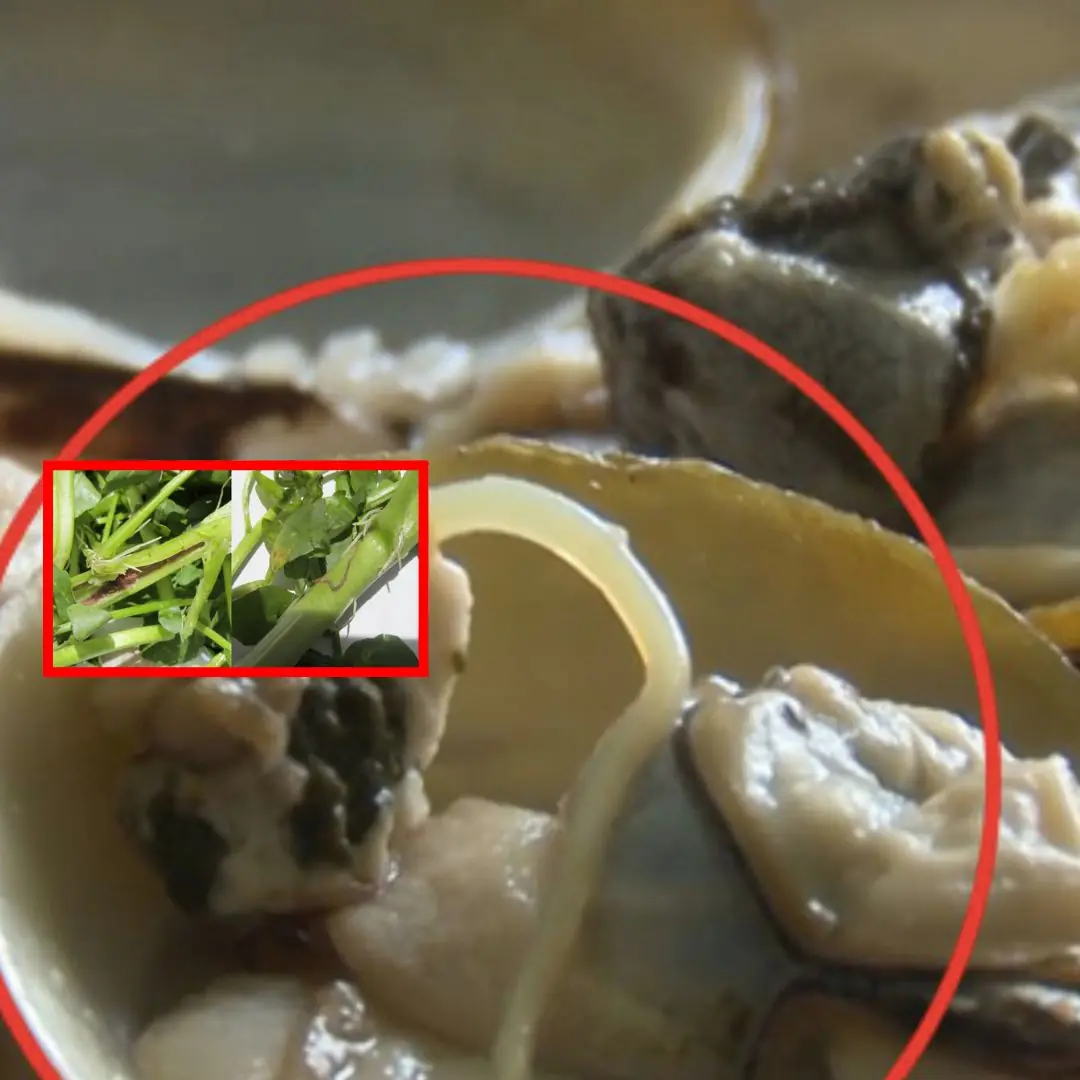
Did you know that common foods we eat daily—such as greens, seafood, and meat—can be infected with worms? Let’s explore which foods are most vulnerable and how to reduce the risk
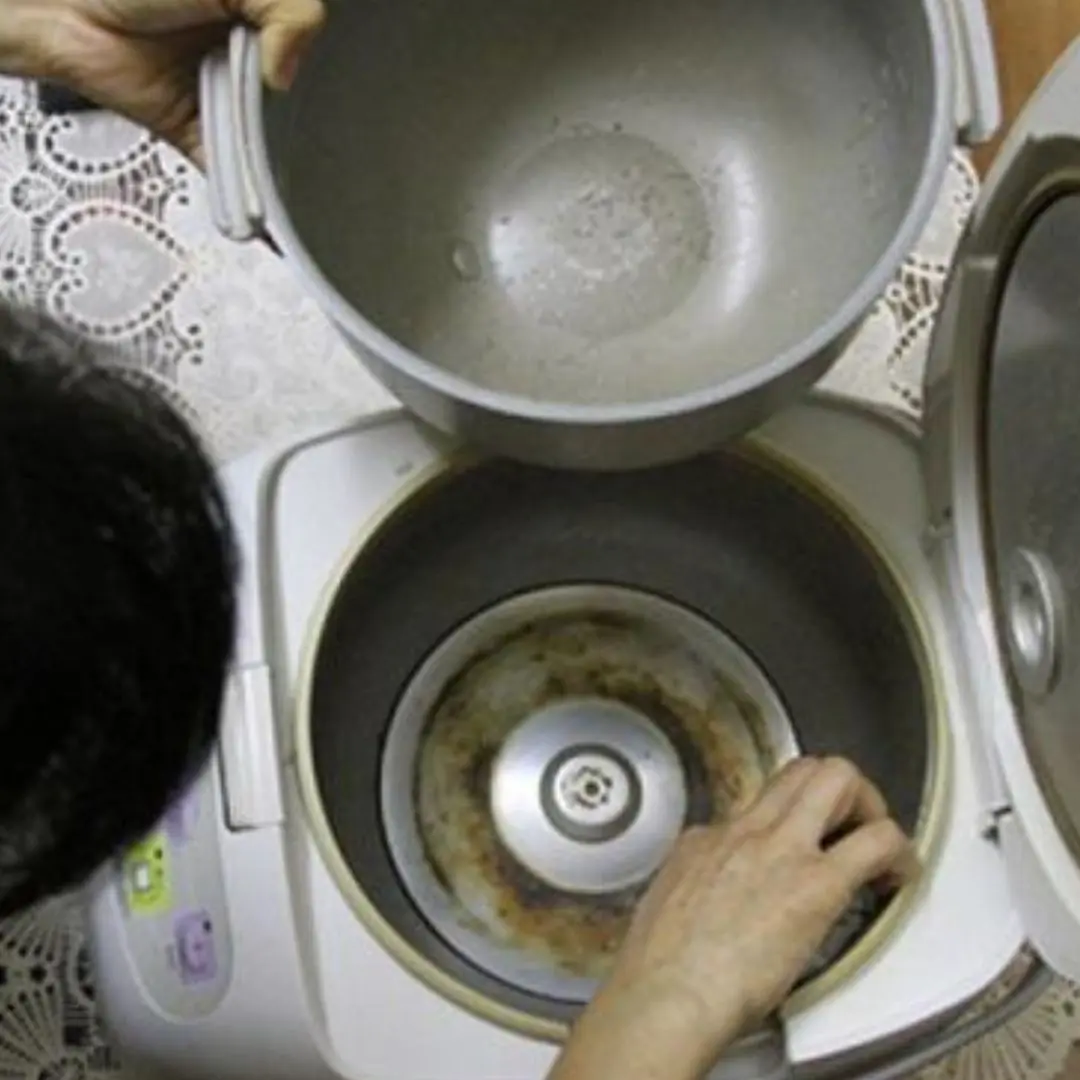
This tiny cleaning trick for your rice cooker could save you a fortune in electricity costs.

The hidden risks behind two-way mirrors: What you should know
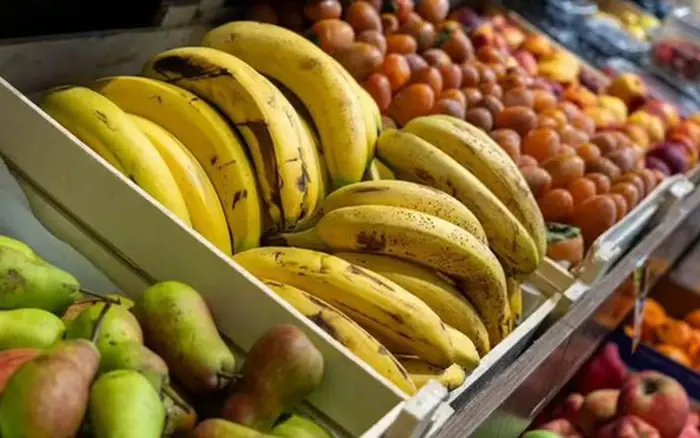
When Choosing Bananas, Pay Attention to This to Get the Best Bunch
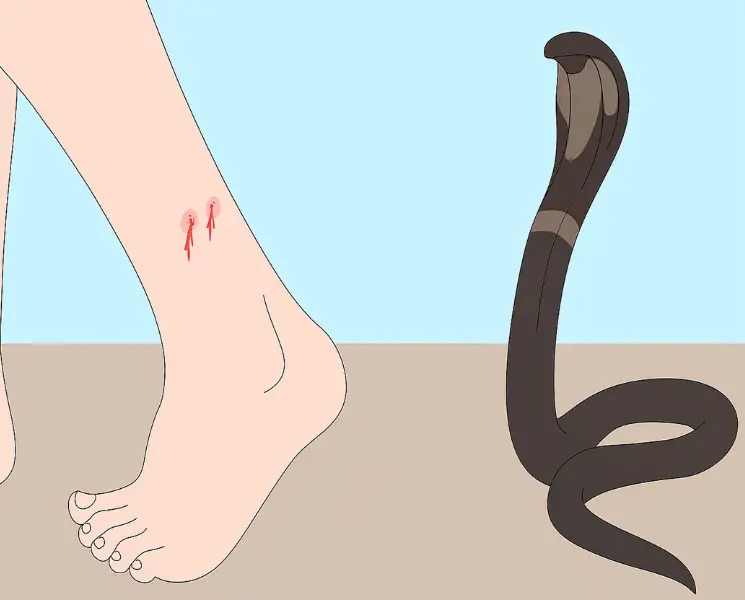
What to do immediately after a snake bi.te

Beef Hung High vs. Beef Laid on the Table – Food Experts Can Tell Which to Buy in Just 1 Second!
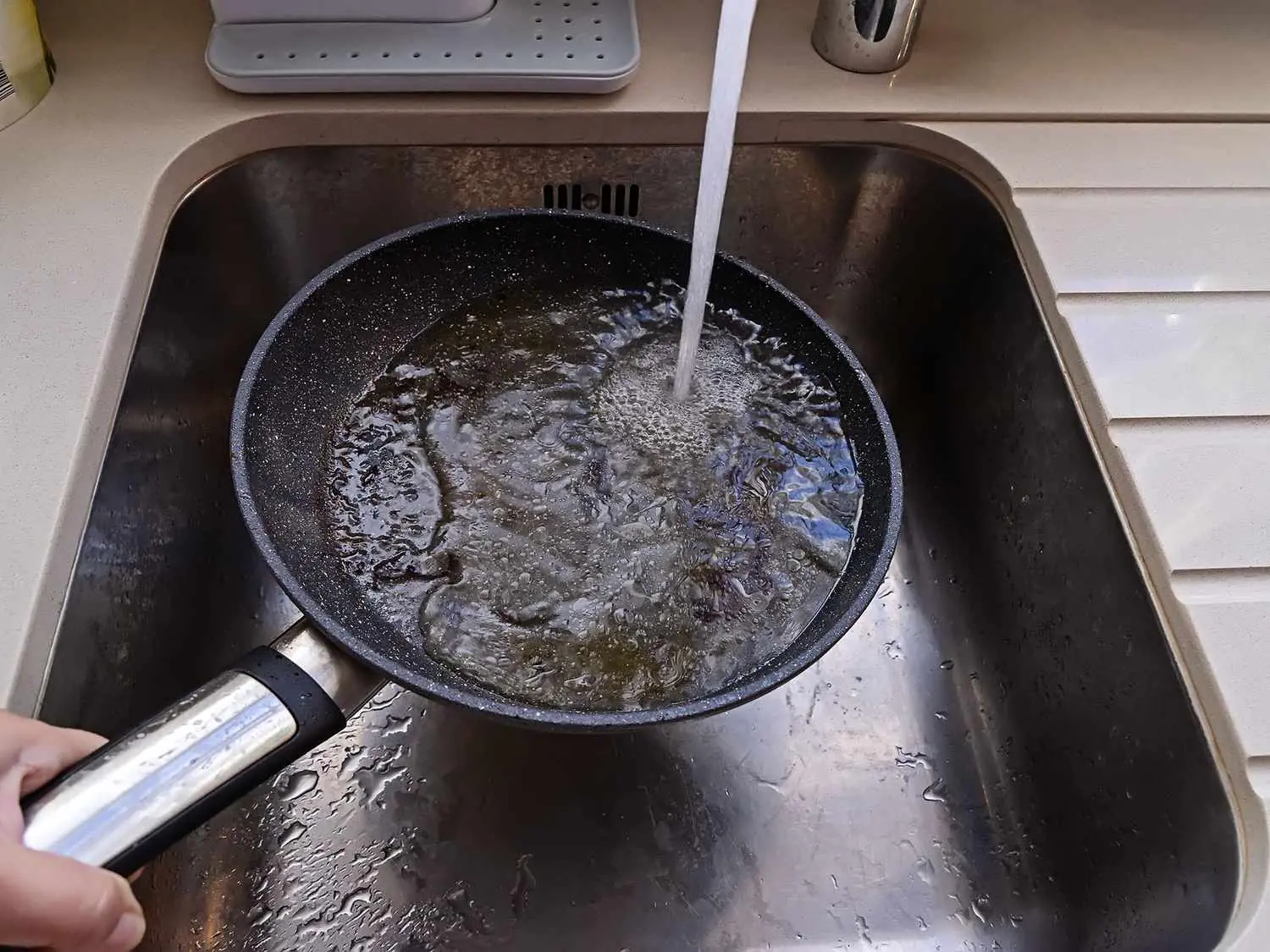
6 DON’Ts When Using Nonstick Pans to Avoid Health Risks
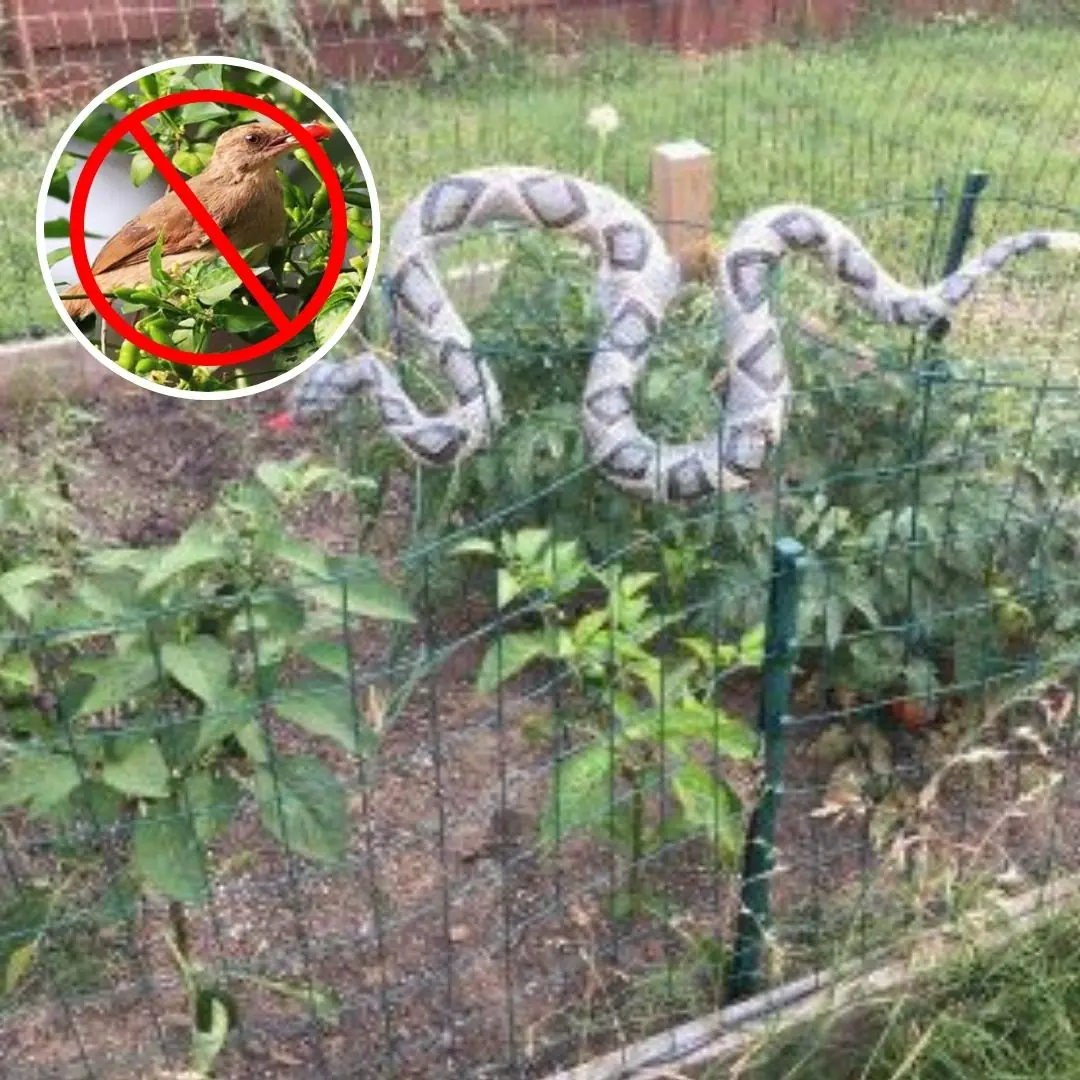
Smart and Natural Ways to Keep Birds Away from Rooftop Gardens
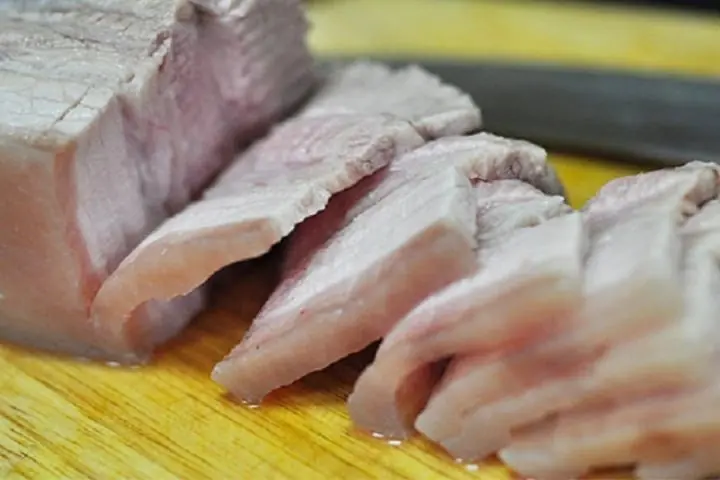
Boiled Pork Without Cutting Small Pieces

How to distinguish between poi.sonous and non-poi.sonous snakes
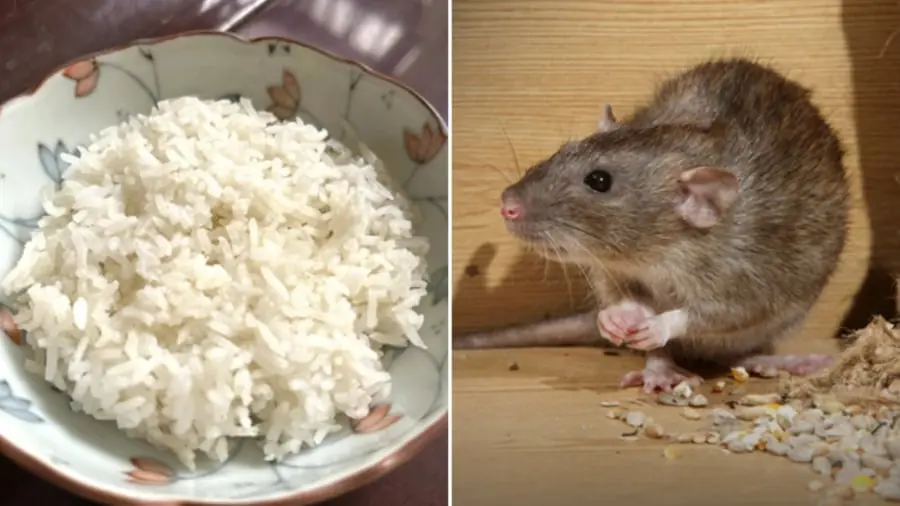
Simple and Effective Trick to Repel Mice with Leftover Rice – Anyone Can Do It
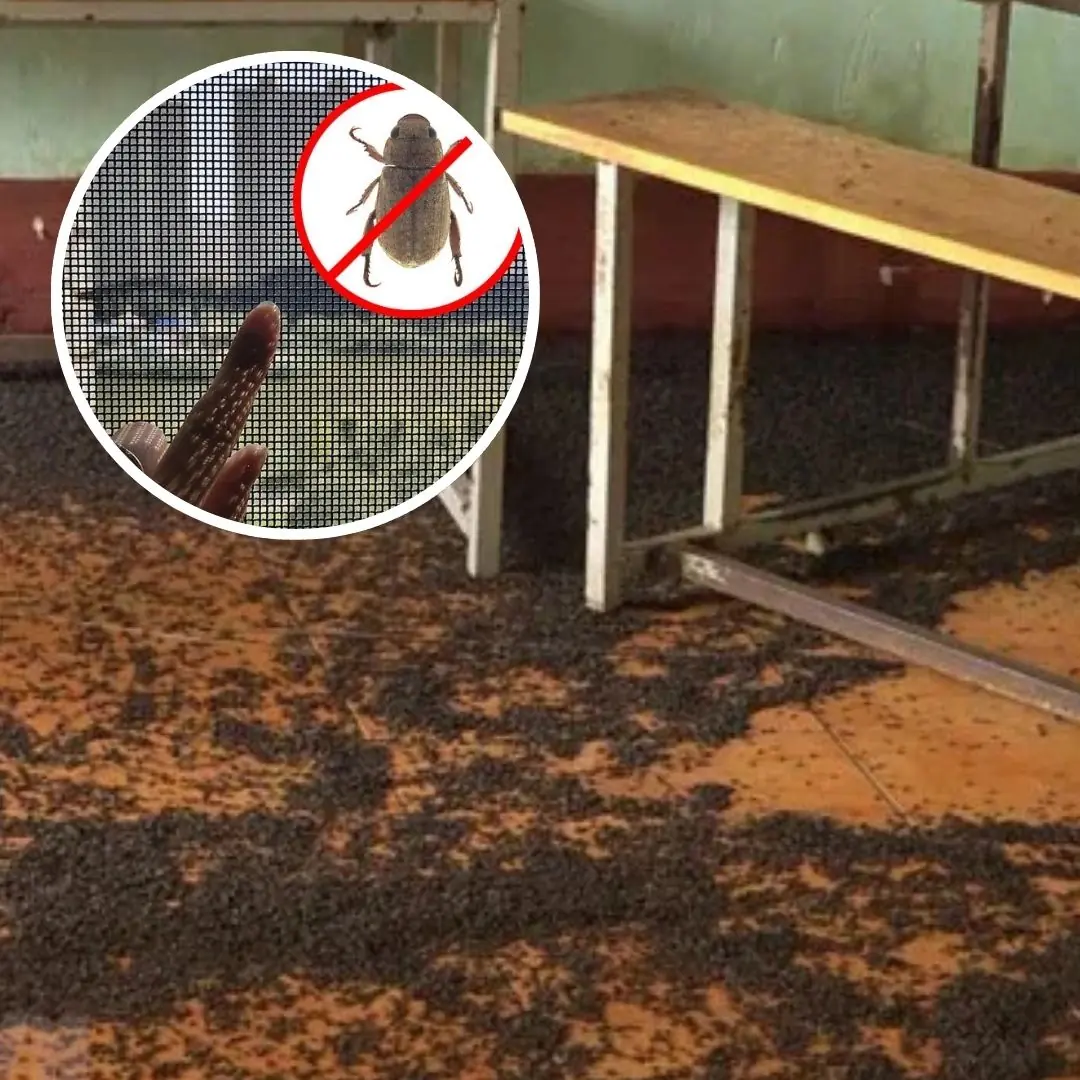
“Black Bean Bugs Uncovered: The Dangers They Pose and How to Get Rid of Them Fast!
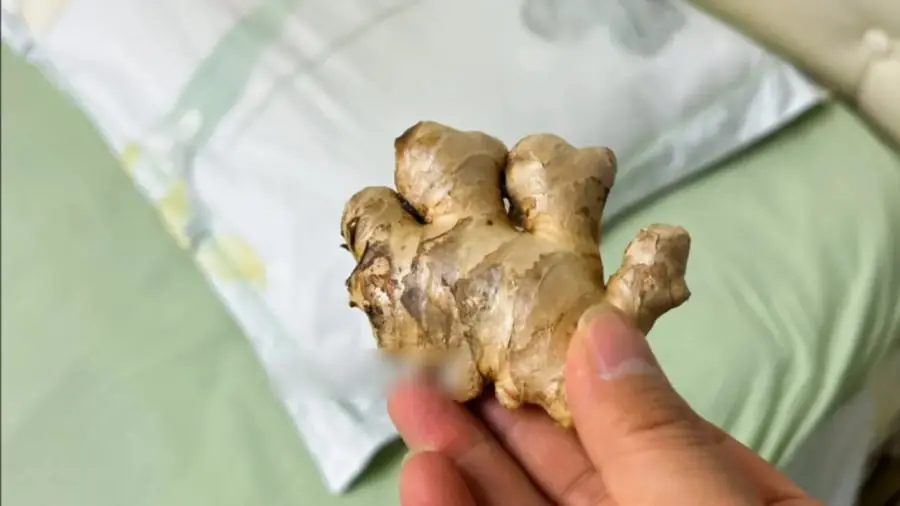
Place a Piece of Ginger by Your Bedside

Storing Leftover Rice the Japanese Way

These 5 Secrets Are the Real “Saviors” for Keeping It Fresh!
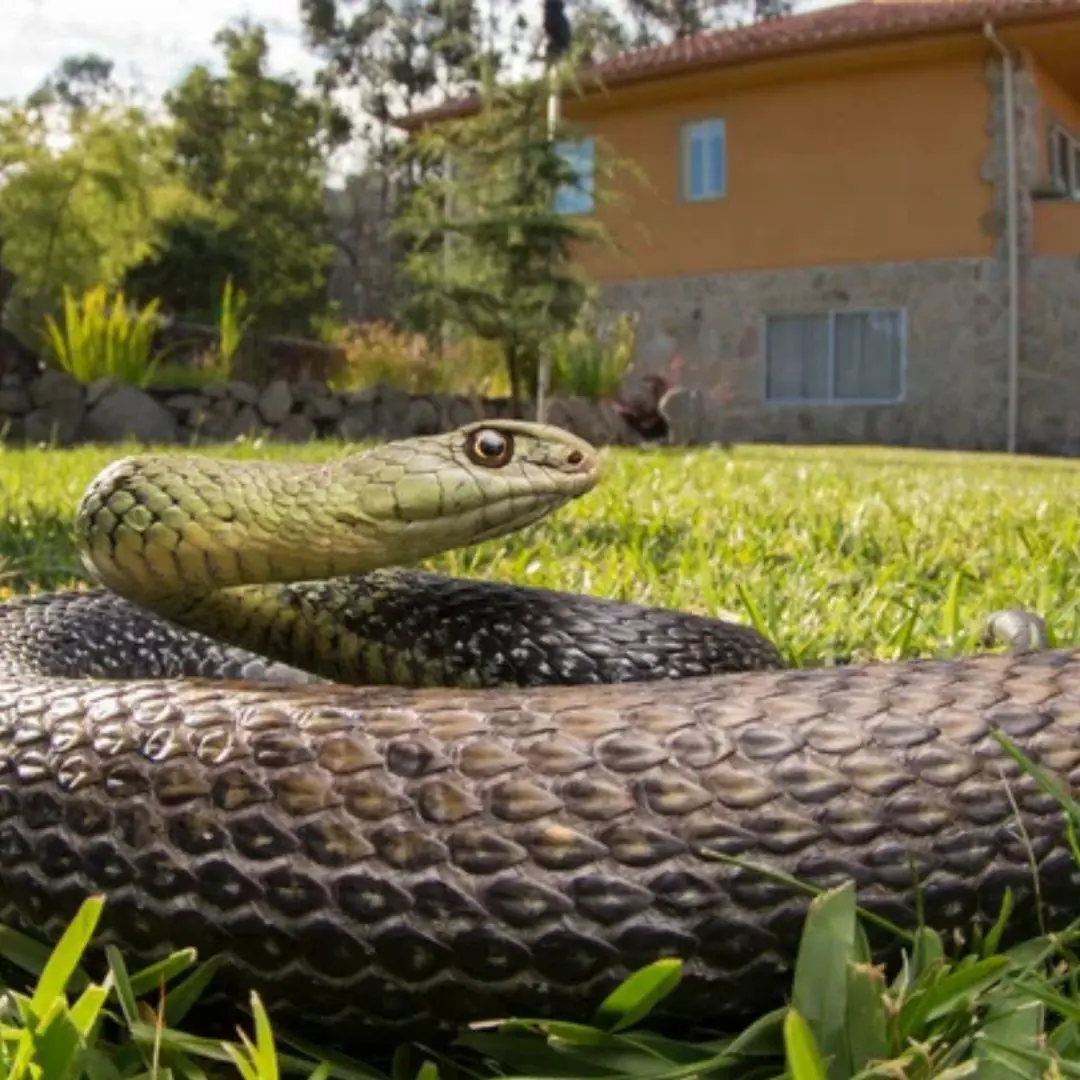
Avoid These Plants If You Don’t Want Snakes Near Your House
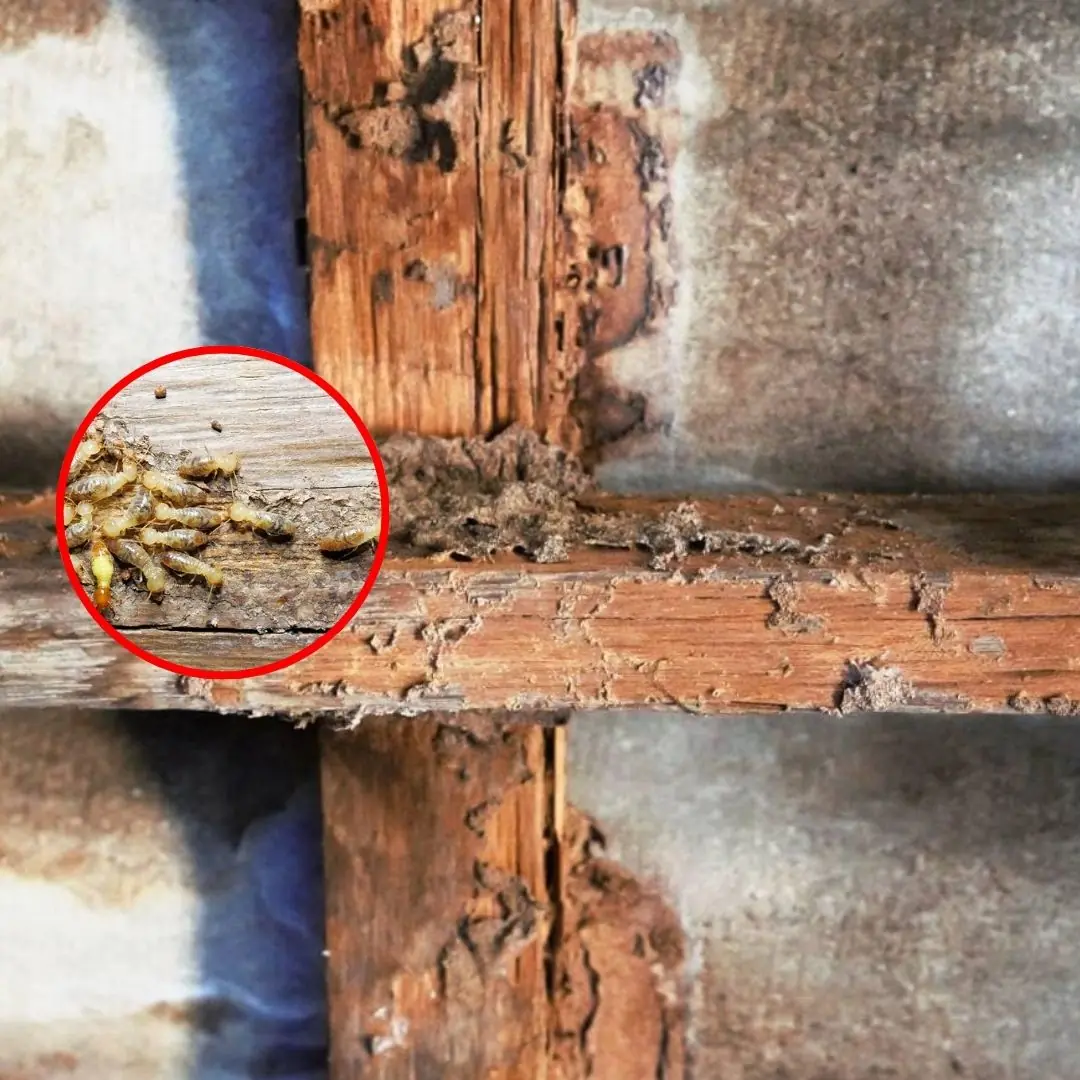
6 Proven Ways to Get Rid of Termites From Wooden Furniture
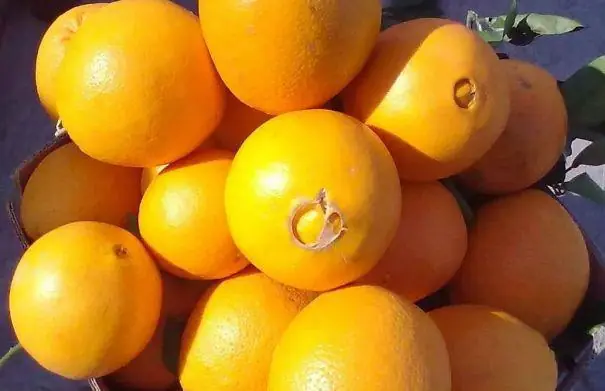
Should You Pick Na.vel Oranges With a Big or Small “Na.vel”?
News Post
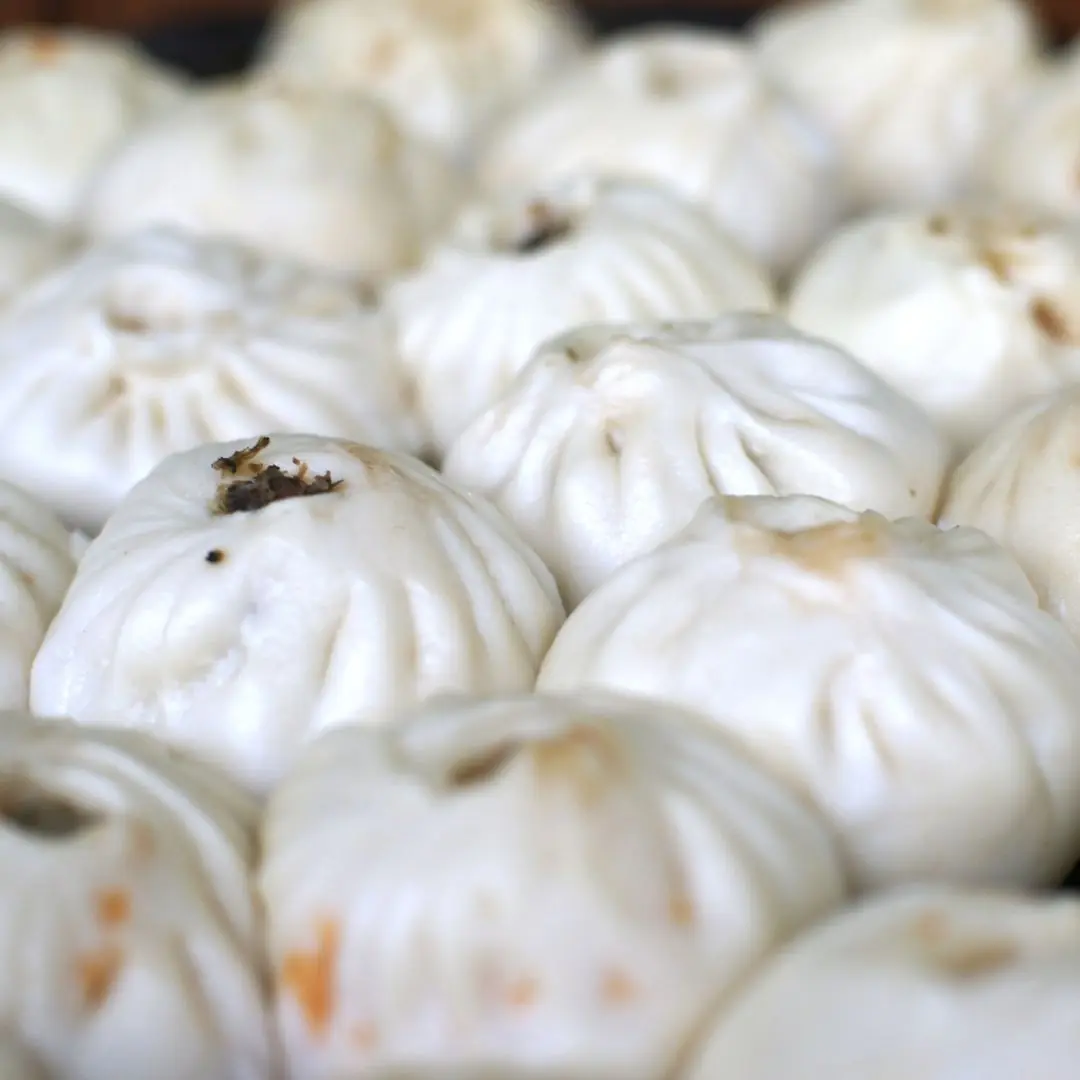
Doctor's warning: Why you shouldn't eat dumplings in the morning and 4 other foods to avoid
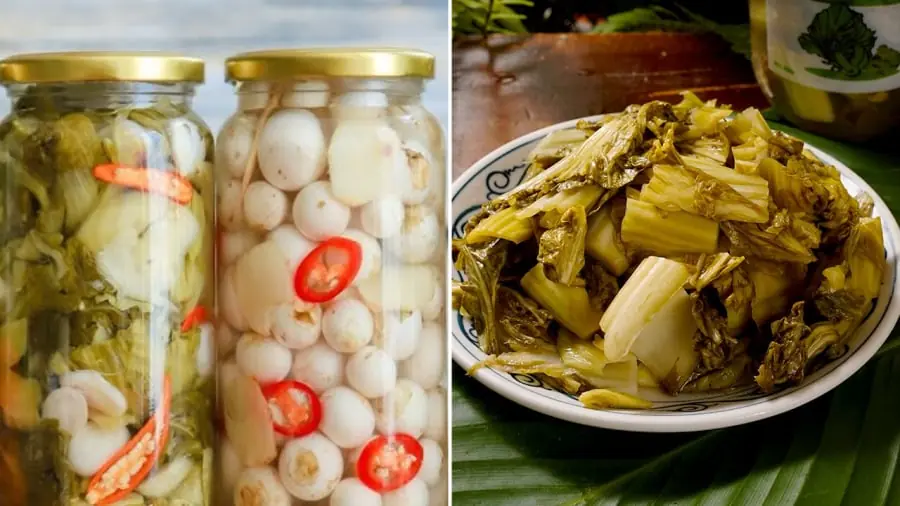
Pickled Vegetables: A Favorite Dish but Extremely Harmful for These 4 Groups of People!

Why the Japanese Live Among the Longest Lives in the World

Hyaluronic acid fillers: The surprising truth revealed through MRI scans

Sleeping Over 10 Hours a Day? Beware — It Could Signal These Hidden Health Problems

Drinking Warm vs. Cold Water — Discover How Each Impacts Your Health

Rectal Cancer Warning: 5 Uncommon Symptoms You Should Never Overlook

Be careful if your hair shows these 6 signs

A controversial incident at a supermarket has sparked debate about fairness, rules and responsibility

When buying dragon fruit, should you choose ones with short or long stems? Knowing this trick, you’ll pick 10 perfect fruits every time!

Experts warn: If these 3 signs appear at night, your kid.neys may be damaged

Eat 1 bell pepper every day, your body will receive 5 unexpected benefits

This method makes them spotless like new—no need to remove the frame

8 Early Warning Signs of Art.hr.itis You Must Pay Attention To
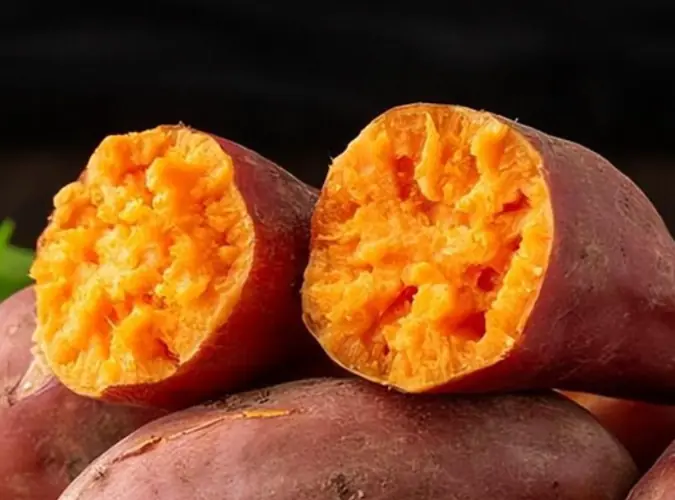
Sho.cking health benefits of sweet potatoes you never knew about

Did you know that common foods we eat daily—such as greens, seafood, and meat—can be infected with worms? Let’s explore which foods are most vulnerable and how to reduce the risk

This tiny cleaning trick for your rice cooker could save you a fortune in electricity costs.

Study identifies possible connection to autism development
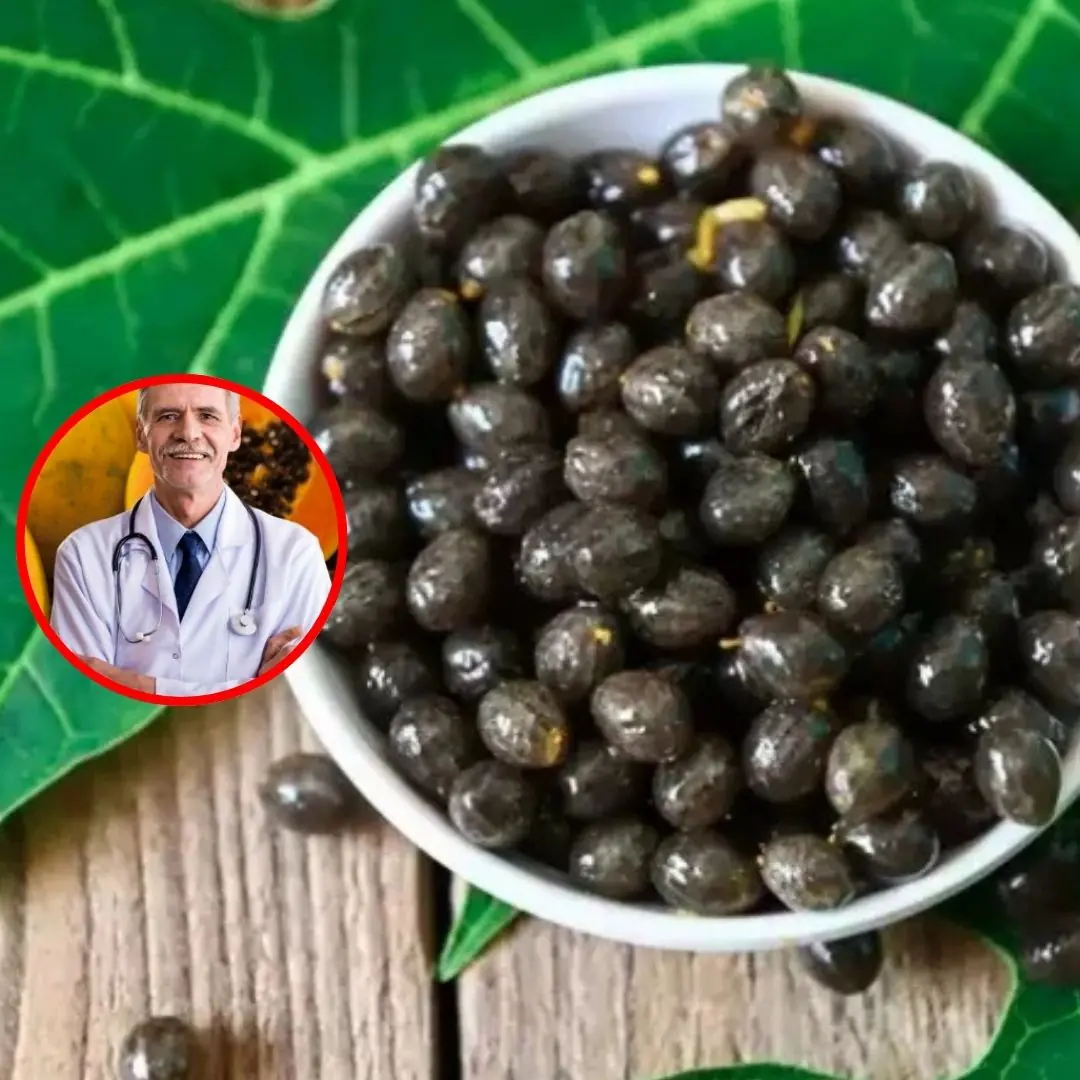
You should immediately give up the habit of eating this fruit and then scraping off the seeds because it has amazing benefits that few people expect.
